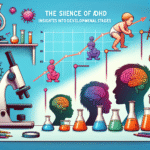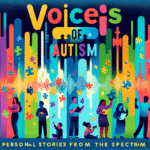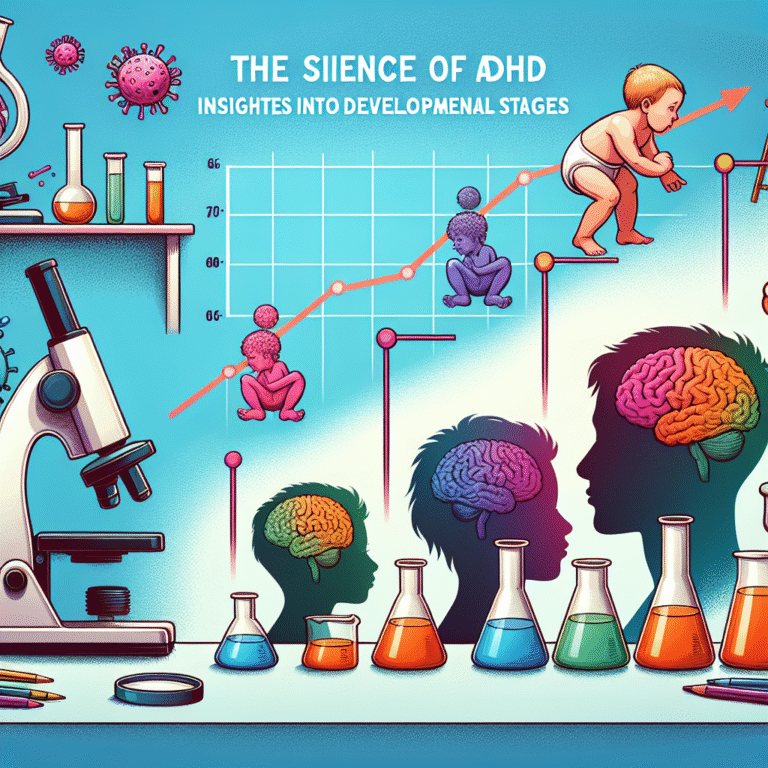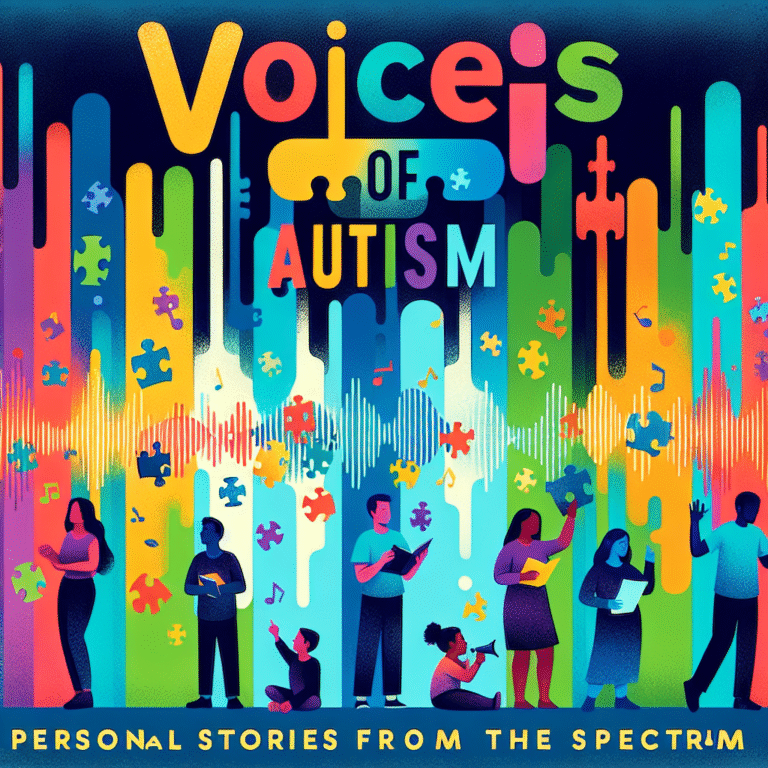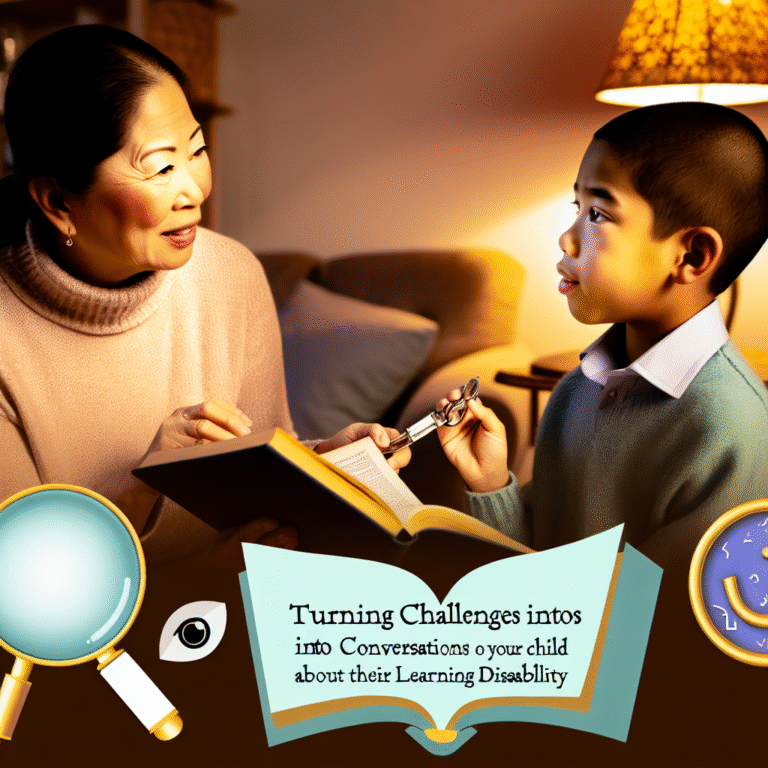
Introduction
Navigating life with autism can be a unique journey filled with both challenges and remarkable moments of joy. The experience varies significantly from person to person, making it essential for families and caregivers to be equipped with effective strategies and resources. In this article, we will delve deep into navigating life with autism and provide families and caregivers with practical tips, heartwarming case studies, and actionable insights to thrive in daily life.
As the autism spectrum continues to receive more attention, the importance of understanding this condition becomes increasingly vital. Engaging with communities, educational settings, and healthcare professionals can empower families to create a nurturing environment for loved ones. Join us as we explore essential methods for navigating life with autism.
Understanding Autism
What is Autism Spectrum Disorder?
Autism Spectrum Disorder (ASD) is a complex neurological and developmental condition that affects how individuals communicate, interact with others, and experience their environment. While some individuals may have significant challenges, others may exhibit unique talents and skills. It’s important for families to remember that each person on the autism spectrum is different.
Signs and Symptoms
Signs of autism typically appear in early childhood and can vary significantly. Some common characteristics include:
- Difficulty in social interactions
- Repetitive behaviors or strict adherence to routines
- Sensory sensitivities (to lights, sounds, textures, etc.)
- Challenges with verbal and nonverbal communication
Case Study: Recognizing Signs in Early Childhood
Emma, a 4-year-old, displayed signs of autism including hesitation in social situations, lack of eye contact, and a strong attachment to her toy trains. Her parents decided to consult a specialist, which led to a timely diagnosis and early intervention. Through behavioral therapies and support, Emma’s ability to engage in social situations improved significantly, underscoring the importance of early recognition.
Strategies for Effective Communication
Understanding Communication Styles
Effective communication is key in navigating life with autism. Individuals with autism may have different ways of expressing themselves. Understanding their preferred communication style can help bridge gaps.
Tips for Enhancing Communication
- Use clear, concise language: Avoid using idioms or metaphors that might confuse.
- Maintain eye contact: This can help establish a connection and show engagement.
- Visual supports: Use symbols, pictures, or written cues to enhance understanding.
Case Study: The Power of Visual Supports
Jake, a 10-year-old on the spectrum, struggled with verbal communication. His parents introduced a picture exchange communication system (PECS), allowing him to express needs and feelings through images. This approach facilitated not only better understanding but also more robust social interactions with peers, demonstrating the effectiveness of tailored communication techniques in navigating life with autism.
Table 1: Communication Tips Overview
| Strategy | Description |
|---|---|
| Clear Language | Use simple sentences without idioms. |
| Eye Contact | Promote connection and engagement. |
| Visual Supports | Utilize images for clarity. |
| Patience and Encouragement | Allow extra time for responses. |
Creating a Supportive Environment
Home and School Settings
A supportive environment helps individuals with autism feel secure and confident. This applies to both home and school settings.
Home Environment Tips
- Routine: Establish predictable daily routines to provide a sense of stability.
- Safe Spaces: Create a calming zone where they can retreat if overwhelmed.
- Minimize Sensory Triggers: Identify and reduce loud noises or chaotic stimuli that could cause distress.
School Environment Tips
- Individualized Education Plans (IEPs): Work with educators to tailor learning approaches that suit unique needs.
- Peer Support: Foster friendships and connections with peers through structured activities.
Case Study: IEP Success
Liam, diagnosed with autism, had difficulty focusing in class. Working collaboratively with his school, his parents developed an IEP that included sensory breaks and adjusted learning goals. By integrating these strategies, Liam thrived academically and socially, illustrating the profound impact of a supportive educational environment in navigating life with autism.
Promoting Independence
Life Skills Training
Cultivating independence is a crucial aspect of supporting individuals with autism. This not only enhances their quality of life but also reduces caregiver stress.
Essential Life Skills
- Daily Living Skills: Include tasks like cooking, cleaning, and personal hygiene.
- Social Skills: Encourage interactions in various settings to boost confidence.
- Safety Awareness: Equip individuals with the knowledge of personal safety, especially in public spaces.
Case Study: The Road to Independence
Sophie, a 16-year-old with autism, participated in a life skills training program that emphasized cooking, budgeting, and social interactions. After completing the program, she felt more confident and independent, showcasing how structured life skills training can significantly contribute to navigating life with autism.
Encouraging Social Connections
Building Relationships
Facilitating social connections is vital for emotional well-being. Here are ways to encourage friendships:
- Peer Groups: Enroll individuals in special interest clubs to help them connect with like-minded peers.
- Social Narratives: Use stories to prepare them for social interactions and understand social cues.
Case Study: Forming Friendships
David, an 8-year-old who was hesitant in social situations, joined a local after-school art club. Guided by supportive adults, he gradually formed friendships with peers who shared his interests. This positive experience not only fostered social skills but also illustrated how shared interests can enhance emotional connections in navigating life with autism.
Focus on Mental Health
Recognizing Mental Health Needs
Individuals with autism can experience anxiety, depression, and other mental health challenges. Recognizing these concerns is essential for overall well-being.
Mental Health Strategies
- Therapeutic Support: Engage with mental health professionals who specialize in autism.
- Mindfulness and Relaxation Techniques: Incorporate practices like meditation and yoga to promote emotional regulation.
- Open Dialogues: Encourage open conversations about feelings and concerns.
Case Study: The Impact of Therapy
Nina, a 14-year-old with autism, started cognitive-behavioral therapy to address anxiety. Through consistent therapy, she learned coping strategies and became more resilient in her interactions. This case highlights the importance of prioritizing mental health as part of navigating life with autism.
Chart 1: Mental Health Strategies Comparison
| Strategy | Description | Effectiveness |
|---|---|---|
| Therapeutic Support | Professional guidance tailored for autism. | High |
| Mindfulness Techniques | Practices for stress reduction and focus. | Moderate to High |
| Open Dialogues | Foster communication about feelings. | High |
Conclusion
Navigating life with autism requires knowledge, empathy, and support. By understanding autism better, improving communication, creating supportive environments, fostering independence, and prioritizing mental health, families and caregivers can significantly enhance their loved ones’ quality of life.
Remember, each journey is unique, and with patience and perseverance, brighter days lie ahead. Together, let’s continue striving toward a more inclusive and understanding world.
FAQs
1. What is the best way to communicate with someone on the autism spectrum?
Communicating with individuals on the autism spectrum may involve using clear, straightforward language, maintaining eye contact, and utilizing visual supports to enhance understanding.
2. How can I create a sensory-friendly environment at home?
To create a sensory-friendly environment, minimize overstimulating factors such as loud noises or bright lights. Establish calming spaces where individuals can retreat when feeling overwhelmed.
3. What are some effective strategies for managing anxiety in individuals with autism?
Utilizing therapeutic support, practicing mindfulness techniques, and maintaining open dialogues about feelings can effectively manage anxiety in individuals with autism.
4. How do Individualized Education Plans (IEPs) benefit children with autism?
IEPs tailor educational approaches to a child’s specific needs, enhancing their learning experience by providing necessary accommodations and support structures.
5. What role does peer support play in social skills development?
Peer support allows individuals with autism to connect with others who share similar interests, promoting social skills and enhancing emotional well-being through positive interactions.
By empowering families and caregivers with tools and insights, we can pave a brighter path for those navigating life with autism.
